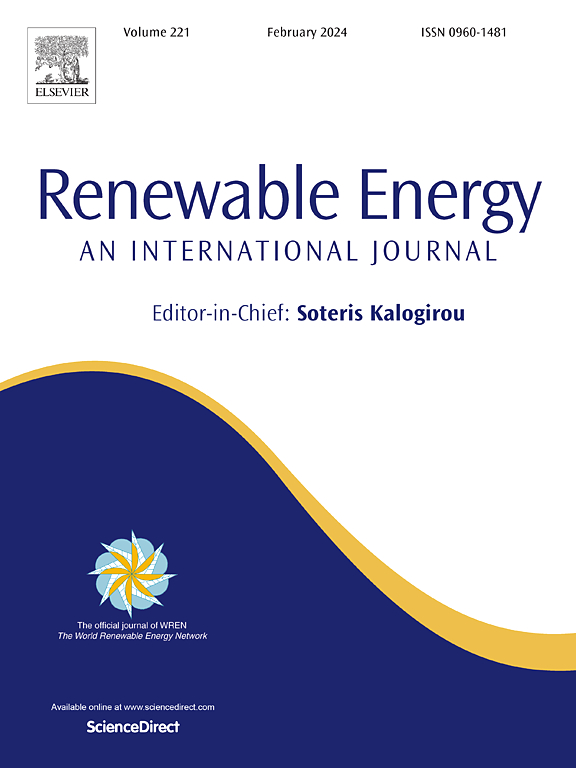N-doped porous biochar is considered as a promising carbon material for supercapacitor electrodes application. However, the intrinsic relations and effect mechanisms of the pore structure and N-doping to the capacitive performance are still inscrutable, giving rise to the challenges for enhancing the capacitive performance by regulating the physicochemical properties of N-doped biochar. In this study, various machine learning models were established to predict the specific capacitance of N-doped biochar electrodes based on the pore structure and N-doping properties. The effect mechanisms of pore structure and N-doping to the specific capacitance were also explored. Results showed that Random Forest model predicted the specific capacitance most accurately. The generalization performance of the model was verified to be quite well with our experiments. It is suggested that developing pore structure with abundant micropores plays more important role than N-doping in enhancing the specific capacitance. The optimal interval of each physiochemical property of N-doped biochar were also determined to maximize the specific capacitance. Furthermore, synergistic effects of pore structure and N-doping to the specific capacitance were revealed. This study provides a useful guideline for N-doped porous biochar production with the aim of capacitive performance enhancement.


